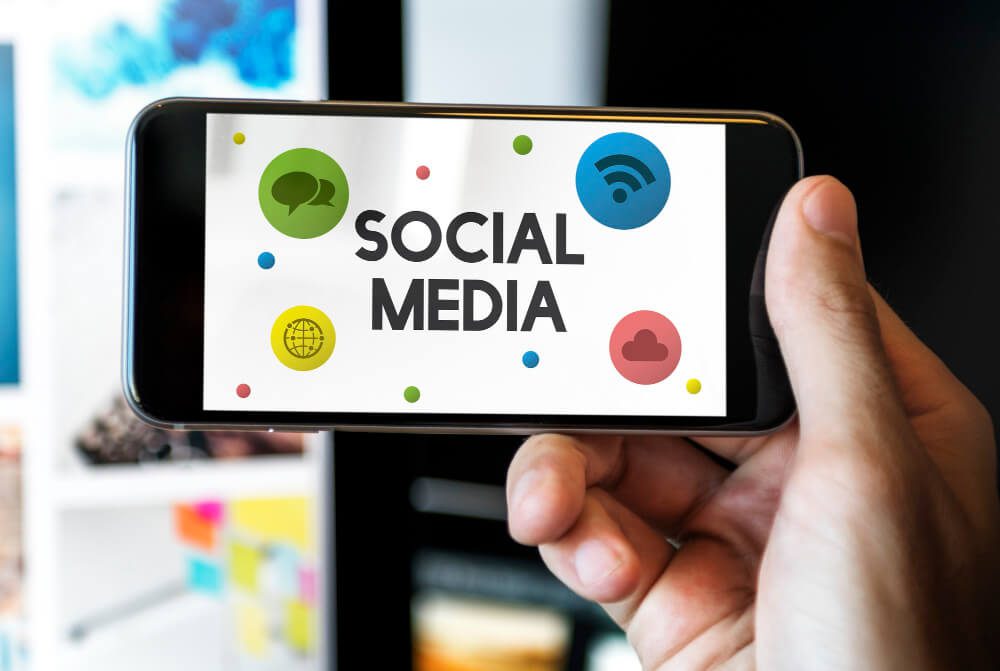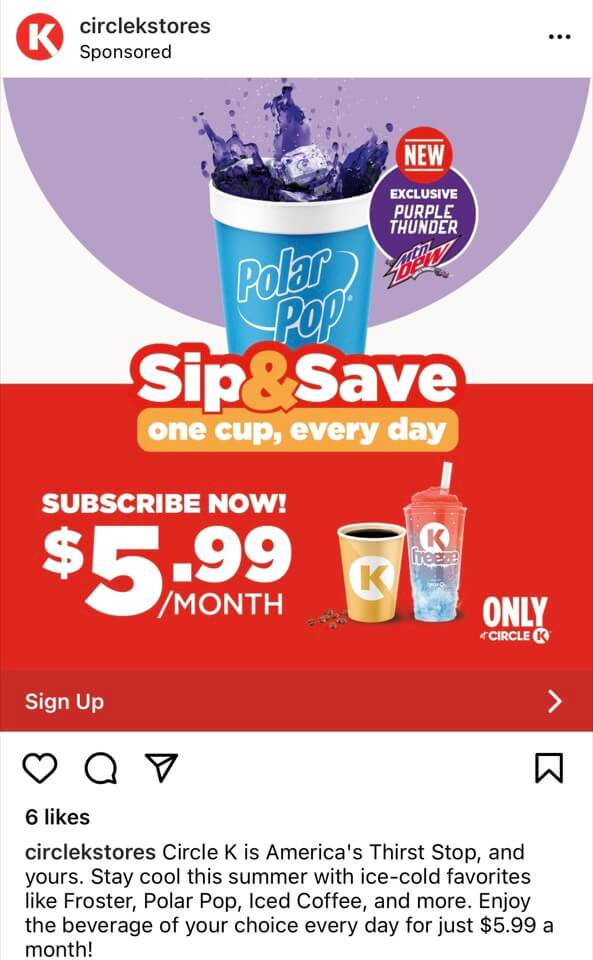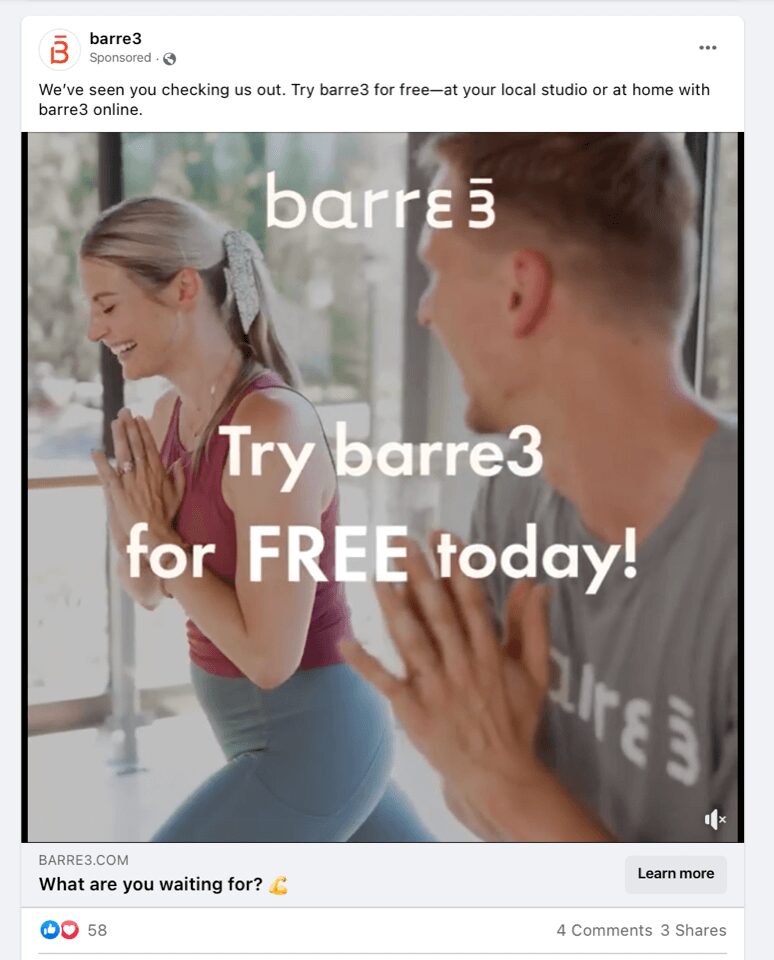
It’s no secret that social media has dramatically changed the way businesses operate in the 21st century. Brands reach thousands of potential customers within seconds through advertisements on social media, making social media marketing a critically important part of any business’s growth strategy.
But standing out on social media is easier said than done. How can your business most effectively harness the power of social media to maximize reach, engagement, and impact?
Experts recommend business owners use a social media marketing strategy that incorporates a healthy balance of organic and paid advertising content. More and more brands are using both kinds of advertising in tandem with 35% of businesses having completely integrated strategies as of 2022.
The problem is that many businesses struggle to find the right balance between organic and paid content on their social media platforms, either spending too much on paid advertising or investing too much time in organic posts that never take off.
There’s no “magic ratio” of how to balance organic and paid posting. So much depends on your company’s industry, existing brand awareness, and customer base. To help you find the perfect balance for your business, we’ve put together this guide on the pros and cons of organic and paid advertising for businesses on social media, including tips for how to integrate both.
Table of Contents
What Is Organic Social Media Content?
If you’re new to the social media scene, you may wonder what qualifies as “organic” social media content.
Organic social media includes any content a business posts on its social media platforms without paying for its promotion, including text, pictures, and videos. Followers will see it, but the larger visibility of the post depends on whether your followers choose to share it. Typically, businesses use organic social media to:
- Better connect with current followers/customers
- Establish a brand voice
- Increase website traffic
- Increase brand awareness
Even though it can be promotional, organic content is usually seen as more authentic than traditional advertising on social media. Instead of telling customers “go buy this product,” an organic post may engage with followers in a more conversational manner.
Here are two examples of successful organic social media posts.

Through this motivational post on Instagram, SoulCycle is connecting with its follower base while indirectly encouraging people to sign up for more classes. Because of its positive message and clean visual aesthetic, this is something that followers may even feel inspired to share—evidenced by the high number of “likes.” This expands SoulCycle’s reach at no cost to the business.

This organic social media post on Facebook helps Orangetheory Fitness initiate a positive dialogue with its followers about an aspect of the business. It can also give the company direct insight into which genres of music are encouraging customers to come in for a workout. Notice the hundreds of comments—this post is truly starting a conversation.
Some other common uses of organic social media content include:
- Posts introducing team members
- Sharing positive testimonials or reviews
- Reposting user-generated-content where customers show off products/services
- Relatable information
- How-to guides
- General announcements about business operations
What Is Paid Social Media Content?
Unlike organic social media content, paid social media content refers to any advertising on social media that a business pays to promote. Like a highway billboard, these promoted posts will display in users’ social feeds. Unlike a billboard, social media ads can be targeted to a specific audience demographic.
Paid advertisements on social media are typically used so a business can:
- Reach a wider audience
- Gain customers
- Increase brand awareness
- Promote events, deals, and new products
- Increase sales
It is important to note that paid social media content is typically much more direct about advertising than organic social media content, giving businesses a medium where they can openly market the products or services they are trying to sell.
Paid social media content will often include a call to action and a link to a business’s site so the customer can easily make a purchase.
Here are a couple of examples of paid advertising on social media:

This Circle K advertisement on Instagram uses a call to action (subscribe now!) to encourage consumers to buy drinks from their stores. It also includes a link so users can easily subscribe to the company’s monthly beverage plan. It is clearly a paid advertisement for the company as noted by the “sponsored” status below the username.

This barre3 video advertisement on Facebook uses several calls to action and offers new customers a promotion to try their first session for free.
Pros & Cons of Organic Social Media
Organic social media advertising is free, and it enables brands and consumers to engage in conversations that can ultimately help businesses align with their core customer bases. Organic posts allow brands to build community, foster trust, and manage their reputations.
The downside to organic content is that it takes businesses much longer to reach their goals, and it’s harder to reach new customers. Even existing followers are not guaranteed to see an organic post.
For example, on Facebook, the average organic reach for a post has declined to 5.5% of an account’s followers. Instagram is a little better with organic posts reaching up to 13.5% of an account’s followers, although this number has trended downward in the past few years.
Pros & Cons of Paid Social Media
As organic reach has declined, paid advertising on social media has become incredibly important for small and large businesses across different social media platforms.
Even despite Apple’s infamous iOS 14.5 update—which gave Apple users the opportunity to opt out of apps tracking their online habits and significantly limited targeted ad capabilities— businesses still spent a whopping $58.5 billion on social media advertisements in 2021, a 36% increase from 2020.
Why are businesses still investing so much in paid advertising on social media?
One reason is that it gives brands a chance to break through the algorithms and reach a new, wider audience. It also still allows many businesses to directly target audiences that would likely be interested in their products and services.
Another reason is that many users these days are on social media specifically because they want to shop. Consequently, they are accustomed to engaging with advertisements as a part of their user experience. Spending on social media is expected to reach $1.2 trillion by 2025, with Gen Z and Millennial consumers leading the charge.
Despite these benefits, keep in mind that paid social media may not be beneficial for businesses that do not have a robust budget for advertising on social media. It is also important to note that successfully navigating paid social media content online requires some level of expertise. Targeting the wrong audience can quickly waste money, so businesses should make sure they understand how to use the data they are given to effectively navigate the paid social media landscape.
How To Integrate Paid and Organic Content for the Most Success
When considering the pros and cons of organic vs. paid advertising on social media, it quickly becomes clear that the best social media marketing strategies will use both methods together in order to achieve maximum success. Paid and organic social media posts cater to different goals.
In a nutshell, organic social media should be used to keep current customers satisfied and engaged, while paid social media should be used to reach a wider audience and gain new customers. Importantly, both methods can help a brand increase its ROI.
Here are some common ways your business can smoothly integrate organic and paid social media:
- Boost organic content that is already doing well.
Even with the best creative minds in-house, it can be difficult to predict which trends or ideas followers will latch on to. When it comes to successful advertising on social media, there is no need to reinvent the wheel. One of the easiest ways to create a successful paid advertisement is to boost an organic post that is already doing really well. This will allow new customers to view content that has already resonated with your consumer base.
For this reason, organic posting can often be a way to A/B test different ideas for paid promotions—before you spend the money. If a post similar to one of your ideas for a paid promotion gets zero organic engagement, that’s a sign to save your money.
- Target ads to people who are similar to your organic audience.
Your organic content can provide you with very important information about who your most loyal customers are including their genders, ages, general interests, and more. Use this information when you are creating paid advertising on social media to target a similar audience in order to gain new customers.
- Use keyword data from organic and paid posts to optimize your content.
Using analytics tools online can help you get specific about what organic and paid social media content is and isn’t working for your business. Many social media platforms have built-in analytics tools that can inform your social media marketing practices.
It’s wise to view larger trends rather than to make snap judgments from a single post. For instance, look at engagement data on similar posts over a several-month period before forming definitive conclusions about how well those types of posts perform.
- Invest in retargeting ads to encourage your organic consumer base to make a purchase.
Businesses can use retargeting advertisements on social media to try to reach people who are already interested in or aware of their products and services. Depending on which marketing expert you read, customers need to see a product three or five or seven (or more!) times before deciding to purchase it. In any case, sometimes all users need is a little nudge in the right direction in order to complete a purchase.
- Automate as much as you can (within reason).
One of the most valuable things a business can do to make the process of posting both organic and paid content on social media easier is to use automation. Some examples of automation include scheduling posts in advance or setting up your pages so that successful content is automatically boosted to a wider audience.
This practice will save you time and energy. However, keep in mind that businesses should be hesitant about relying on automation too much. Authentic interaction is also extremely important in order to successfully advertise your business on social media.
Consult With the Experts
A successful program balancing organic and paid social media content is a lot to keep track of. Coalition Technologies offers the best social media marketing services for businesses of all types and sizes.
Our specialists will help you grow your business’s social media presence through:
- Social Campaign Planning
- Audience Growth Strategies
- Earned and Paid Content
- Campaign Content Creation
- Reporting and Analysis
- Integrated Marketing
We know how to seamlessly integrate organic and paid advertising on social media so your business can flourish across different social media platforms and you can increase your revenue. Our approach will engage your audience through different kinds of organic and paid social media content including photographs, videos, graphics, and more.
We also offer top-notch web design services and data-driven SEO services that are guaranteed to increase web traffic to your site.
For more information, give us a call at (888)-725-0182 or email us at [email protected]. We look forward to helping your business grow.

